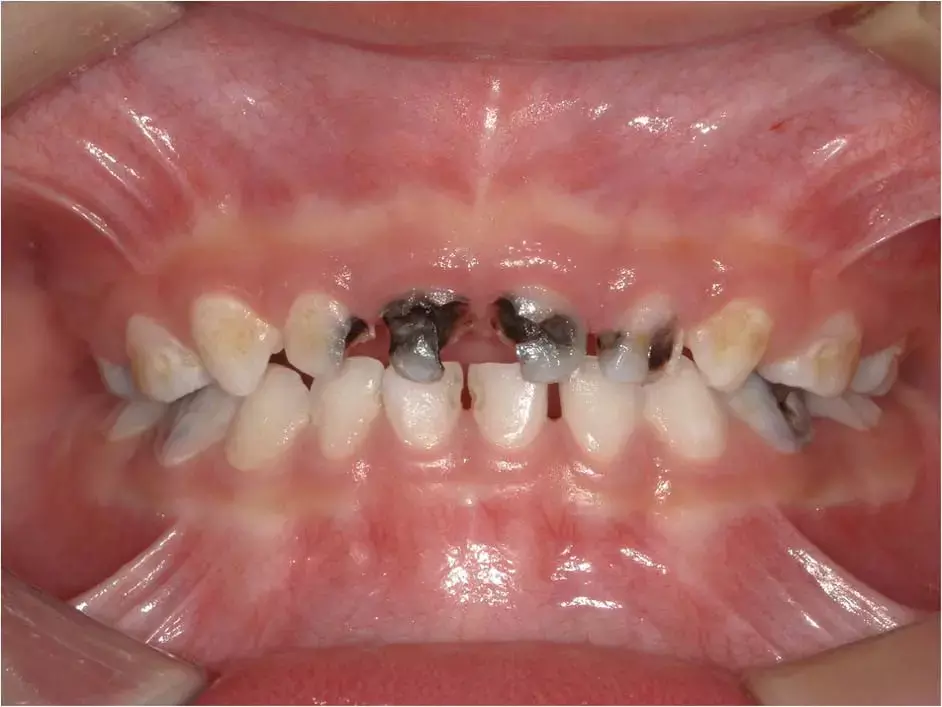- Home
- Medical news & Guidelines
- Anesthesiology
- Cardiology and CTVS
- Critical Care
- Dentistry
- Dermatology
- Diabetes and Endocrinology
- ENT
- Gastroenterology
- Medicine
- Nephrology
- Neurology
- Obstretics-Gynaecology
- Oncology
- Ophthalmology
- Orthopaedics
- Pediatrics-Neonatology
- Psychiatry
- Pulmonology
- Radiology
- Surgery
- Urology
- Laboratory Medicine
- Diet
- Nursing
- Paramedical
- Physiotherapy
- Health news
- Fact Check
- Bone Health Fact Check
- Brain Health Fact Check
- Cancer Related Fact Check
- Child Care Fact Check
- Dental and oral health fact check
- Diabetes and metabolic health fact check
- Diet and Nutrition Fact Check
- Eye and ENT Care Fact Check
- Fitness fact check
- Gut health fact check
- Heart health fact check
- Kidney health fact check
- Medical education fact check
- Men's health fact check
- Respiratory fact check
- Skin and hair care fact check
- Vaccine and Immunization fact check
- Women's health fact check
- AYUSH
- State News
- Andaman and Nicobar Islands
- Andhra Pradesh
- Arunachal Pradesh
- Assam
- Bihar
- Chandigarh
- Chattisgarh
- Dadra and Nagar Haveli
- Daman and Diu
- Delhi
- Goa
- Gujarat
- Haryana
- Himachal Pradesh
- Jammu & Kashmir
- Jharkhand
- Karnataka
- Kerala
- Ladakh
- Lakshadweep
- Madhya Pradesh
- Maharashtra
- Manipur
- Meghalaya
- Mizoram
- Nagaland
- Odisha
- Puducherry
- Punjab
- Rajasthan
- Sikkim
- Tamil Nadu
- Telangana
- Tripura
- Uttar Pradesh
- Uttrakhand
- West Bengal
- Medical Education
- Industry
Cavitated Carious Lesions More Common in Maxillary Incisors and Molars in Both Arches in Preschool Children, finds study

Cavitated Carious Lesions More Common in Maxillary Incisors and Molars in Both Arches in Preschool Children, finds study published in the Journal of Evidence-Based Dental Practice.
This systematic review aimed to describe and evaluate the caries patterns among the 21st century preschool children globally. Six electronic databases (Pubmed, Embase, Medline, Web of Science, EBSCOhost, and Scopus) were searched using predetermined terms. Dual independent screening of all retrieved abstracts was performed to identify studies conducted after year 2000 and the caries pattern among preschool children was investigated. Data regarding the prevalence of caries by tooth type and surface were extracted. Meta-analyses, subgroup analyses and meta-regression were carried out with the statistics software Stata using the random-effects model.
Results: A total of 2642 records were screened, and 43 observational studies were finally included. Cavitated caries lesions were commonly found in the maxillary incisors and molars in both arches among preschool children. The highest caries prevalence was found in the maxillary central incisors (29.1%, 95%CI: 25.5%-32.7%) and the mandibular second molars (28.5%, 95%CI: 24.7%-32.3%), while the mandibular lateral incisors had the lowest prevalence (1.7%, 95%CI: 1.5%-2.0%). Occlusal surfaces of the mandibular molars were the most frequently affected by caries, whereas caries hardly affected the lingual surfaces of lower anterior teeth. Caries pattern on the left and right sides was symmetrical.
The overall caries prevalence was significantly higher in the maxillary teeth. Caries prevalence was higher in the older children, whereas the caries pattern was not significantly different among children from countries with different human and economic development levels. Cavitated carious lesions were more commonly observed in the maxillary incisors and molars in both arches. The prevalence of caries varies significantly with child's age and primary tooth type. However, preschool children exhibit a similar pattern of caries, regardless of the time, socioeconomic status or geographical location.
Reference:
Shuyang He, Madeline Jun Yu Yon, Fei Liu, Edward Chin Man Lo, Cynthia Kar Yung Yiu, Chun Hung Chu, Phoebe Pui Ying Lam. PREVALENCE OF CARIES PATTERNS IN THE 21ST CENTURY PRESCHOOL CHILDREN: A SYSTEMATIC REVIEW AND META-ANALYSIS. Journal of Evidence-Based Dental Practice. Volume 24, Issue 3, 2024, 101992, ISSN 1532-3382, https://doi.org/10.1016/j.jebdp.2024.101992.
Dr. Shravani Dali has completed her BDS from Pravara institute of medical sciences, loni. Following which she extensively worked in the healthcare sector for 2+ years. She has been actively involved in writing blogs in field of health and wellness. Currently she is pursuing her Masters of public health-health administration from Tata institute of social sciences. She can be contacted at editorial@medicaldialogues.in.
Dr Kamal Kant Kohli-MBBS, DTCD- a chest specialist with more than 30 years of practice and a flair for writing clinical articles, Dr Kamal Kant Kohli joined Medical Dialogues as a Chief Editor of Medical News. Besides writing articles, as an editor, he proofreads and verifies all the medical content published on Medical Dialogues including those coming from journals, studies,medical conferences,guidelines etc. Email: drkohli@medicaldialogues.in. Contact no. 011-43720751


